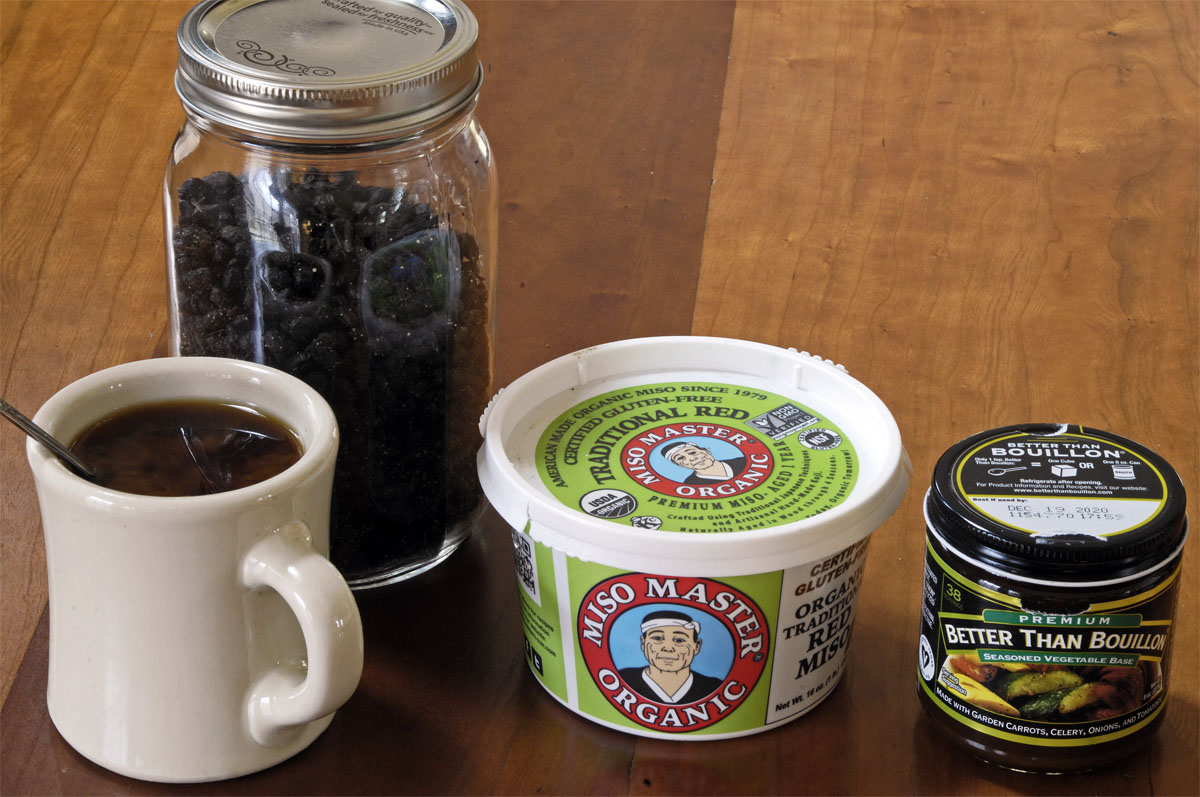
One of the creepiest Zuckerberg photos of all time, which he himself cluelessly posted on Facebook
The sound of derisive laughter from the entire civilized world almost drowned out the din of the Washington circus. Mark Zuckerberg said that Facebook will “pivot to privacy.” Yes, and pigs will pivot to flying.
We veterans of the Apple-Microsoft wars, which went on for years, have been there before. Apple is still in the game, but Facebook is the new Microsoft. Facebook’s evil-empire strategy really is the same as Microsoft’s. The strategy is not about giving people what they want and treating customers with respect. Rather, it’s about domination and control, trapping one’s customers rather than delighting them.
As Slate and other publications have pointed out, what Zuckerberg’s “pivot to privacy” is really about is domination. Apple owns that high ground at present, with its smooth-as-silk iMessage ecosystem. And as Consumer Reports points out, encrypted messaging is already here and has been for a long time. Apple’s iMessage has had encryption all along. And even old-fashioned SMS phone-to-phone texting is secure, as long as the cellular carriers keep their promises not to snoop.
I sometimes wonder if Apple’s messaging system didn’t lead — or at least feed — the trend away from actually talking on our phones versus using our phones for texting. Millennials, and the coasts, have led the way. According to Forbes, some companies are eliminating voice mail, because so many employees don’t want it and don’t use it.
I am right on the edge of changing the answer message on both my phone lines to say that I never answer the phone, but that if it’s really important and you leave a message, I might call you back someday. More than half the time when my phone rings, it’s a spam call. The rest of the time it’s somebody that I don’t want to talk to, because my friends (as well as most of my political associates) text me or email me.
So Zuckerberg has accurately noticed that texting is now the future and that people are disgusted with Facebook (and with social media in general). It took about 10 years for people to realize that social media, despite its early thrill, would inevitably rot because of the drag and corruption exerted by the lowest common denominator. There is even a precedent for this rot, though latecomers to the Internet would not be aware of it. It was called Usenet. Usenet started around 1979. All the early Internet computers had it. During the 1980s, Usenet was a marvel of elite communication. All the universities had it. But after Usenet reached a certain size, it became useless because of the spam, the trolls, too many people, and those who tried to bilk it for promotion and advertising. This is now happening to Facebook. Consequently Zuckerberg is desperate for new terrain to dominate and control.
I predict that Mark Zuckerberg and Facebook, like Microsoft and Bill Gates before him, will fail. That’s because Facebook will continue to build traps. Apple will compete by building better and better stuff.





